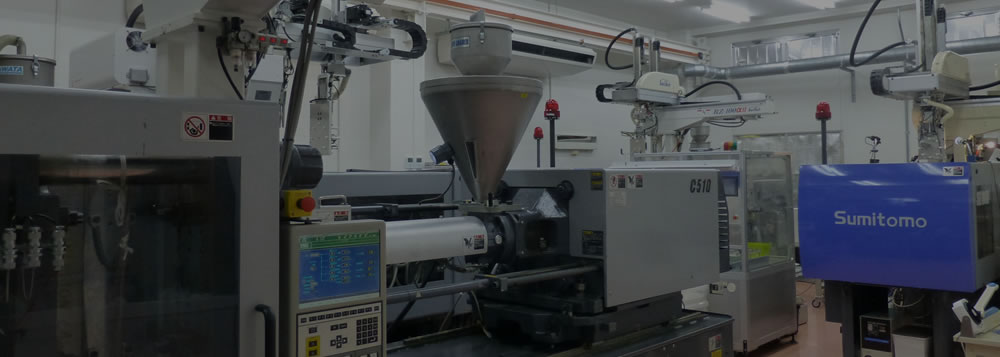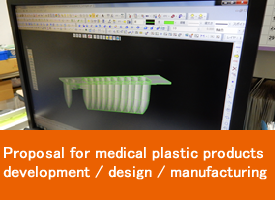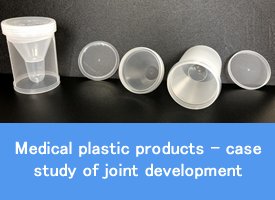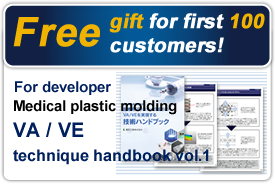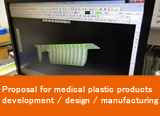In plastic injection molding, smooth release of products from molds is essential for stable continuous molding.
Basically, the product cools down in the mold and shrinks, and it sticks to the core. In the worst case, if the mold is closed with the product remaining in the mold, the mold will be damaged. Here we will introduce some common release methods.
①Product ejection by ejector pin
The mold release method using the ejector pin is a method in which the ejector plate of the mold is pushed by the ejector rod of the plastic injection molding machine, and the ejector pin attached to the ejector plate pushes out the product and releases it from the mold. The number of ejector pins, the diameter of the pins, the arrangement of the pins, etc. must be determined in consideration of the product shape and product thickness. The shape of the pin is generally round, but there are also square, sleeve and block types. There is also a structure in which a part of the core is split and protruded.
【Advantages】
〇 Cost advantage because it can be used with a two-plate mold
〇 Since gas escapes from the ejector pin, it can be expected as a gas vent
【Disadvantages】
〇 Traces of ejector pins remain on the product
〇 For thin molded products, pins may break through or whiten the product
②Release by stripper plate
The release method using a stripper plate is a method in which the outer periphery of the product is released from the core with a stripper plate. (For example of a cup, it is like pulling out the border part with a plate.)
There are two ways to operate the stripper plate: the way to release the mold by fully opening the mold using a chain or hairpin and the way to operate it directly by connecting it to the ejector rod of a plastic injection molding machine.
【Advantages】
〇 Relatively easy release even for thin molded products
〇 No trace on the product
【Disadvantages】
〇 Cost increases because one plate is added
〇 If a short occurs (if outer periphery of the product was not generated), the product may not be able to be removed
③Mold release by air ejector
The mold release method using an air ejector is a method of releasing the product from the core by injecting air from the core into the product. Generally used in combination with other mold release methods.
【Advantages】
〇 It is possible to release the product even if the product sticks strongly to the core (can break the vacuum)
〇 No trace on the product
【Disadvantages】
〇 The adjustment of the amount of air and the timing of air injection are tight (there is a risk of bulging or deformation if adjusted incorrectly)
〇 Availability depends on the product shape. (For a cylindrical product or a product with a hole, air escapes.)




